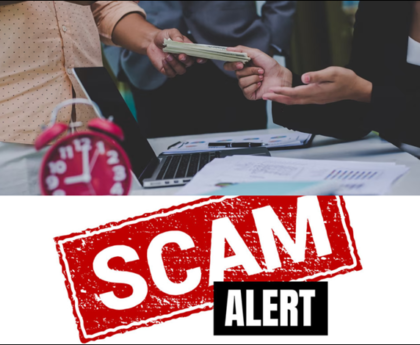Introduction
Credit card fraud can be a distressing experience, leaving victims feeling violated and vulnerable. However, it’s important to remember that you’re not alone in this situation. With the proper knowledge and a systematic approach, you can take control of the situation and recover your finances.
Step 1: Act Swiftly and Report the Fraud
When you suspect or confirm credit card fraud, it’s crucial to act swiftly. As soon as possible, alert your bank or credit card provider to the unauthorized charges. Most financial organizations have a department devoted explicitly to handling fraud allegations. Please provide them with all the relevant information, including the fraudulent transactions, dates, and any other details you have. By reporting the fraud promptly, you increase the likelihood of recovering your funds and limiting further damage.

Step 2:
Ask your credit card issuer or bank to freeze your affected accounts to prevent additional unauthorized transactions. This step temporarily blocks any new charges while the investigation takes place. Additionally, consider changing your account passwords and PINs to enhance security.
Step 3: Review Your Statements
Carefully review your credit card statements, bank statements, and other financial records for any additional fraudulent activity. List all unauthorized charges and transactions, noting the dates, amounts, and any pertinent details. This information will be essential during the investigation and recovery process.
Step 4: Dispute Unauthorized Charges
For each unauthorized charge, file a formal dispute with your credit card issuer or bank. Most financial institutions have a dispute resolution process, typically involving filling out a dispute form or contacting their fraud department. Please provide them with the information you gathered in Step 3 and any supporting documentation, such as receipts or emails, that validate your claim. Be thorough and concise when explaining the unauthorized charges to strengthen your case.
Step 5: Monitor Your Credit Reports
Credit card fraud can have long-term effects on your credit score. Regularly monitor your credit reports from the major credit bureaus to detect any unauthorized accounts or suspicious activities opened in your name. Every year, you are entitled to a free copy of your credit report from each bureau; use this privilege. If you notice any discrepancies, report them immediately to the credit bureau and follow their instructions for resolution.

Step 6: Strengthen Your Security Measures
Take proactive steps to enhance your security and protect yourself from future credit card fraud. Change passwords for all your financial accounts, opting for solid and unique combinations. Enable two-factor authentication whenever possible. Avoid sharing personal and financial information through insecure channels like email or text. Regularly update your antivirus and antimalware software to safeguard your computer and other devices.
Step 7: Stay Vigilant and Educate Yourself
Remain vigilant even after resolving the credit card fraud issue. Stay updated on the latest fraud prevention techniques and scams. Educate yourself about common phishing attempts and social engineering tactics used by fraudsters. Be cautious when sharing personal information online or over the phone, especially with unknown or suspicious sources.
Conclusion
Recovering your finances after credit card fraud requires a proactive and systematic approach. By acting swiftly, reporting the fraud, and disputing unauthorized charges, you lay the foundation for the recovery process. Stay vigilant, monitor your credit reports, and strengthen security measures to protect yourself from future incidents. Remember, you are not alone in this journey, and with the proper steps, you can regain control of your financial well-being.





